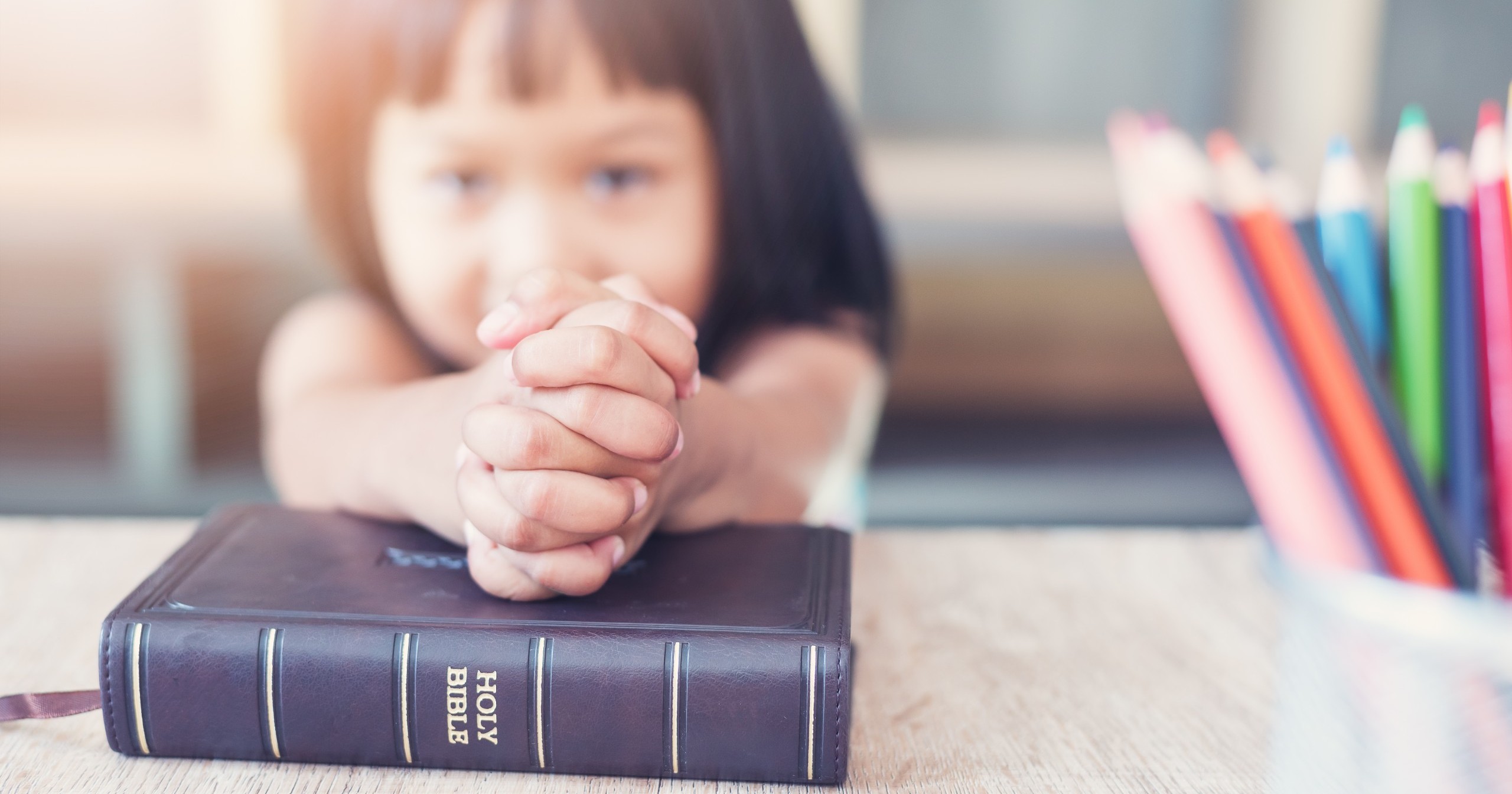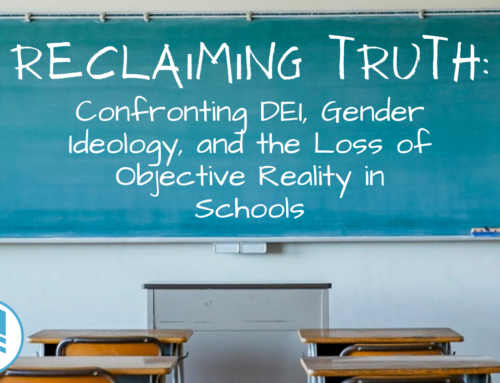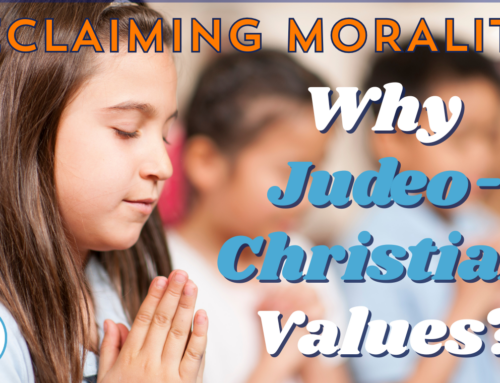
America’s freedom of religion has attracted many faiths to grow in the US, leading to massive diversity throughout the country.
And for most families across the U.S. who have children enrolled in public school, the matter of religious education quickly becomes complicated.
“The First Amendment reads in part: Congress shall make no law respecting an establishment of religion, or prohibiting the free exercise thereof. Today that clause is associated with the separation of church and state. The challenge for schools has been to balance that separation with religious freedom, which can be a fine line,” says the National Education Association.
Often that fine line is defined in this way: public schools may not teach religion, but they are allowed to teach about religion.
But sometimes even those who are following this guideline find that the fine line is not fixed. The standard moves, depending on the faith in question. Often, it’s treated more like a wieldable weapon against those who don’t fit into someone else’s bureaucratic agenda.
Getting Perspective
Douglas Blair—former elementary school teacher, current administrative assistant for communications at The Heritage Foundation, and a contributor to The Daily Signal—met opposition for some of his class material on world history and cultures. His class was going well…until he brought up stories from the Bible.
“Other teachers began to complain I was preaching Christian values to the children and attempting to convert them. Keep in mind, this wasn’t a problem when I was sharing stories from other ancient cultures throughout history. Stories about ancient India and China were fine and encouraged as ‘sharing unheard voices.’ After sharing the story of the Tower of Babel, I was told to switch back to non-Christian stories or face consequences,” Blair relates.
Maybe you’re thinking that public schools could and should just bypass the whole sticky situation and not teach about any religion at all. Ever.
Why We Need Religious Education
Well, that’s impossible. For starters, religion is a human reflex and experience that is “embedded in the very fabric of human history and culture.” says Joseph Laycock in this article for Religion and Politics. Religion is already integrated into a child’s K-12 journey, and it’s impossible to completely extract it from education.
Since the influence of religion on education is so massive, we need to pay attention to why. Why do we need religious education?
Laycock answers this question in his article, going on to point out that students who don’t have an understanding of the world’s religious traditions will be “ill equipped to understand literature, history, art, or the current political landscape.”
“Religious illiteracy not only deprives students of the cultural richness that is their birthright as human beings,” he says, “[but] it makes for an uninformed electorate and produces students who are less equipped to compete in a global marketplace.”
To deny America’s youth—her future parents, voters, business leaders, and politicians—a religious education will stunt America’s growth and negatively impact the entire society
Improving Religious Education
Juliana Liebke, a social studies curriculum specialist for the San Diego school district, says, “It is necessary for children to understand our world and the people in it before they grow up and cast their votes and make decisions about the world. [And] in today’s divisive world, increasing understanding about world religions has never been more important.”
Once public schools understand the importance of including religious education and they can fairly teach about religion—not conversion to a religion—they can start the process of further enriching students.
Practical ways to achieve that, as summarized from the National Education Association, are as follows:
The approach to religious education should be
- Academic, not devotional.
- To make students aware of religious facts, but not to “press for student acceptance of any religion” or conform students to a specific belief system.
- To see that students are educated about religions and that one religion is not promoted or over the another or otherwise denigrated.
- Lastly, students shouldn’t be put on the spot to proclaim their own beliefs—or be made into a “spokesperson for his or her religion.”
Students should be encouraged to explore available resources for themselves when it comes to learning about other religions. That could include “[reading] primary sources, which may include excerpts from the Hebrew Bible, the Christian Bible and the Quran,” says Liebke.
Fight For What’s Right
We can’t deny that a moral framework must be present in each child’s education. Whether it is directly influenced by a specific religion or not, children must be taught basic moral values.
At the Noah Webster Educational Foundation, we believe faith and morality are essential elements for character development, human flourishing, and civil society. Not only are these principles an integral part of America’s history and culture, but denying their importance is harmful to our schools and communities.
We also believe that parents are a child’s primary educators and are responsible for adding value to their children by cultivating their moral compass.
Religious Education in the Home
For parents who want to contribute to their child’s religious education, take a look at these guiding tips and helpful resources:
- Sittercity reminds us that “[you can’t] expect your kids to be kind, tolerant and open-minded about different cultures and religions, [if you don’t] practice what you preach.” Parents need to show their children that actions must match words.
- For parents who are teaching their kids about different religions, it’s important to show kids that “[a]ll people can be respected, even if their solutions to the yearning of the human heart are flatly contradictory to ours,” says Covenant in “Nine Tips for Teaching Children about Religion.”
- Parents can add a touch of fun to their approach to religious education by “[buying] a book about different religions…or [investigating] how other cultures celebrate the same holidays.” This kind of approach can help kids find human commonalities with others and develop a respectful disposition towards those who are different from them.
- Always remember that “The purpose of teaching about religion is not to allow students to shop for a new religion. The point is to empower students with useful knowledge about perspectives and worldviews other than their own.”
In conclusion, don’t be afraid to explore with your kids and help them to become well-rounded in their knowledge of world religions. Doing so will encourage open-minded students to mature into capable, compassionate adults who can make the world a better place.





[…] You can give factual explanations of religions in your classrooms and provide classroom instruction about religious beliefs in a way that meets state academic standards and related curriculum requirements, especially when doing lessons about history, culture, or literature. But these topics must be approached in an objective and purely educational manner—i.e., it must be academic, not devotional. (Read more on teaching religion and teaching about religion here.) […]
[…] like religion or politics, holidays can easily be at the center of controversy in public schools. Even though the […]
[…] you’d like to learn more about how public schools can improve religious education, check out this article. And if you’d like to learn more about LifeWise Academy and how to get started in your own […]